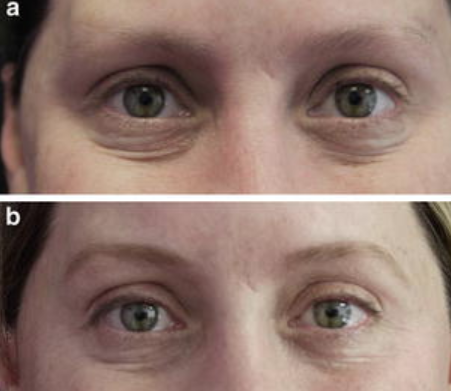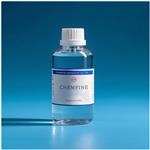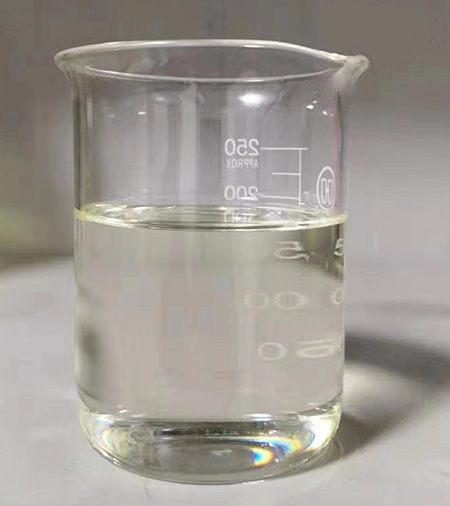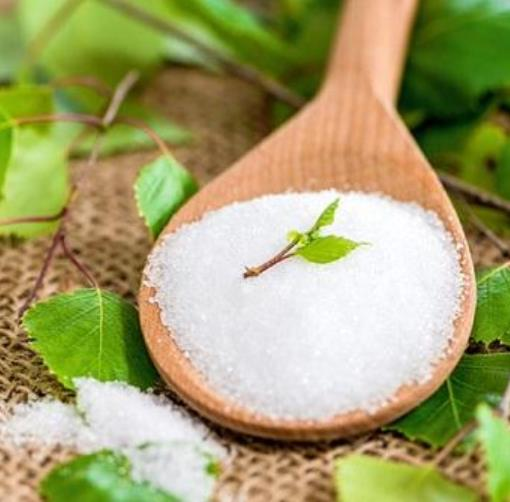What is thioglycolic acid used for skin?
Thioglycolic Acid (TGA) is a colourless liquid with a strong, typical mercaptan disagreeable odour (although olfactory fatigue may occur), which is widely used in cosmetic formulations, including hair colouring products, permanent wave solutions, hair straightening products and depilatory creams. TGA is also used to chemically break down hair fibers so that unwanted hair can be removed by simply wiping it from the skin.

It is an organic thioacid used as an agent for chemical peels in the approach to periocular constitutional hyperchromia in hemosiderin deposits because of its ability to chelate the iron in the hemosiderin, such as ochre dermatitis of the legs, with reports of its use in post-inflammatory hyperchromia, showing promise as a therapeutic adjuvant for the treatment of these dermatoses[1]. TGA is also the active ingredient of permanent-waving solution (PWS).
TGA (active ingredient: 2-mercaptoacetic acid) causes depigmentation in spots of ferric origin. Unlike chelators, like EDTA and desferrioxamine, TGA has a direct solubilizing effect on dermal iron. The –SH group in TGA also shows a strong affinity for iron ions in the skin, which requires fewer applications and has limited side effects. This puts TGA at an advantage over other solubilizers like glycolic acid and trichloro-acetic acid, which need prolonged and multiple applications with more side effects. The reported side effects of topical TGA are rare low-intensity burns and erythema[2].
TGA peel is commercially unavailable in India, and topical TGA can be safely used at a concentration of less than 15%. Successful use of 10% TGA in PPD has been demonstrated in a single case by Hammerschmidt et al., where improvement was seen in five to six fortnightly sessions without any side effects except mild desquamation.
However, TGA has been shown to be a chemical of high toxicity, which can be absorbed through intact skin and cause damage to organs or systems in animals[3]. Thioglycolic acids are toxic corrosives. Ingestions can cause irritation of the mouth and throat accompanied by nausea, vomiting, and possibly diarrhea. Thioglycolate can cause immediate-type hypersensitivity reactions. In large amounts, it can cause hypoglycemia and cyanosis.
References
[1] Ishan Agrawal, Bikash R Kar, Arunima Ray. “10% Thioglycolic Acid Peel in the Treatment of Pigmented Purpuric Dermatoses: A Pilot Study.” Journal of Cutaneous and Aesthetic Surgery 15 3 (2022): 310–314.
[2] Hui-Fang Gan. “A Survey on Health Effects in a Human Population Exposed to Permanent-Waving Solution Containing Thioglycolic Acid.” Journal of Occupational Health 45 6 (2003): 400–404.
[3] Vasconcelos, Rossana. “Thioglycolic Acid Peeling for Hemosiderin and Post-inflammatory Hyperchromia.” Minimally Invasive Aesthetic Procedures (2020): 165–168.
You may like
Related articles And Qustion
See also
Lastest Price from Thioglycolic acid manufacturers

US $100.00/KG2025-04-21
- CAS:
- 68-11-1
- Min. Order:
- 1KG
- Purity:
- 99%min
- Supply Ability:
- 200TON

US $0.00/KG2025-03-21
- CAS:
- 68-11-1
- Min. Order:
- 200KG
- Purity:
- 99
- Supply Ability:
- 20000 kg




